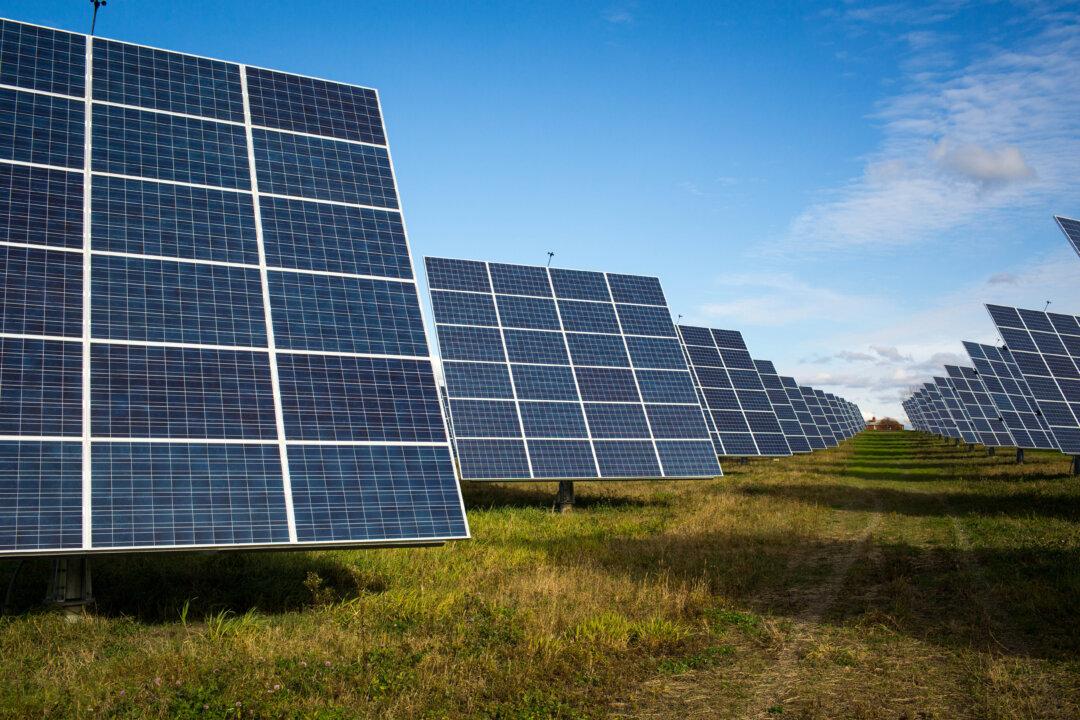Since the Inflation Reduction Act allocated $60 billion to the Environmental Protection Agency (EPA) to accelerate environmental justice work, the EPA has been busy figuring out how to spend it.
Some $32 billion will be broken into grant programs with at least 40 percent of that money ($12.8 billion) going to projects that advance equity for racial minorities and others who have been historically underserved, marginalized, and adversely affected by persistent poverty and inequality, EPA documents show.





